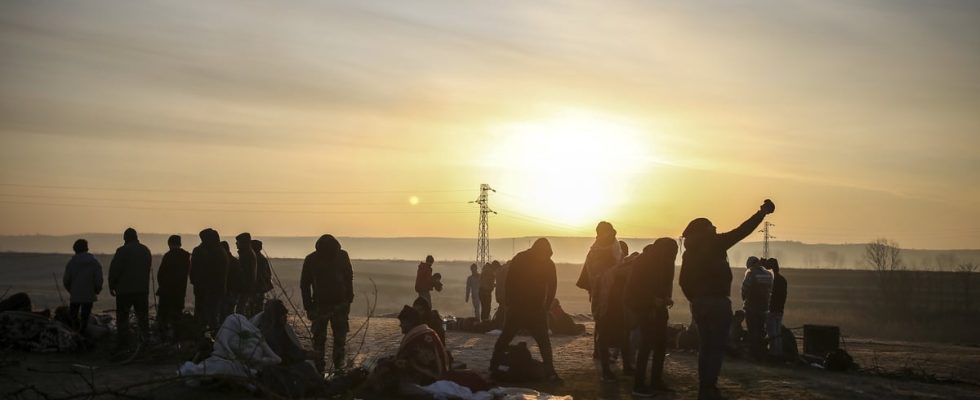In short, it means that a compromise has been reached on migration policy between the EU Commission, the EU Parliament and the EU member states.
The agreement follows years of wrangling and disagreement over migration policy. The proposal for a new asylum and migration pact was presented in September 2020 by Sweden’s Ylva Johansson, then new interior commissioner.
At the time, she described it as “a compromise, a runway”.
New ground rules
The sometimes tough negotiations have, among other things, dealt with what the support for countries with a tough migration pressure should look like and how much European versus national migration policy there should be in the Union. The pact aims to establish basic rules for how asylum seekers and migrants are to be received at the EU’s external borders, with an increased focus on previously distinguishing between people with protection reasons and those who are unlikely to be allowed to stay.
This means that migrants from countries from which there is statistically little chance of getting asylum (such as Tunisia, Turkey and India) will be held in prison-like asylum centers at the external border, writes the website Politico. And countries in southern Europe must build such centers.
It also contains writings on how the member states should help each other in crisis situations.
Complete in 2024
Both Hungary and the extremes on the right and left in the EU Parliament have marked opposition.
However, the EU Parliament agreed on its view of the pact in April this year, with EU member states following suit in June. Now the compromise has been further lacking in what is described as a final settlement.
With Wednesday’s thumbs up, the pact is expected to be formally approved by both the EU Parliament and the EU Council of Ministers in early 2024.
